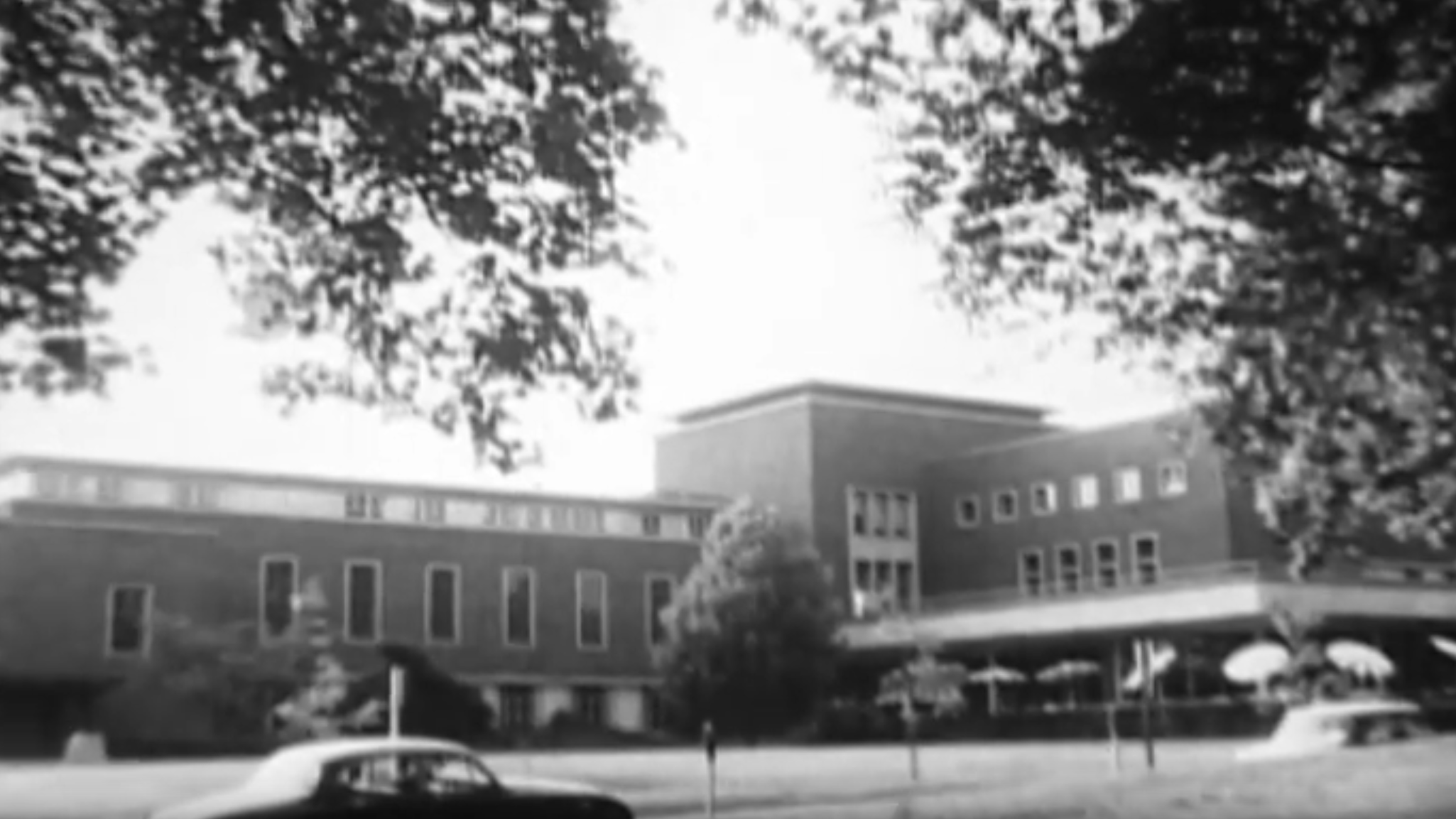Colonel John “Watermelon” Redington and the Heppner Weekly Gazette

Available at the University of Oregon Special Collections and University Archives (SCUA) is a collection of correspondences, scrapbooks, newspapers, and miscellaneous papers pertaining to Colonel John “Watermelon” Redington (1851-1935). An Oregon scout turned newspaper man, this eccentric character was editor of the Heppner Weekly Gazette in Heppner, Oregon during its frontier days. The Colonel published quite an unusual periodical for such a small western town, and University of Oregon alumnus Brant Ducey used Redington’s editorial career with the Heppner Weekly Gazette as the focus of his master’s thesis (John Watermelon Redington: “Hell on Hogthieves and Hypocrites” 1963). To add to the bulk of resources available on John “Watermelon” Redington, the Oregon Digital Newspaper Program (ODNP) has also made digital issues of the Heppner Weekly Gazette available online from the period of his editorial management. Drawing upon the research already completed by Brant Ducey and the resources made available by SCUA and ODNP, this post takes a quick look at the editorial career Redington which Ducey remarked as perhaps one of the most unique moments in the history of Oregon’s periodical publications.

As Brant Ducey explains in his research, Colonel Redington was propositioned with an offer to run the Heppner Weekly Gazette following his service in both the Nez Perce and Bannock Indian wars. He was hesitant to accept the job, as an editorial position didn’t quite match the excitement of his nomadic life as an Oregon scout. Though after hearing that the previous publisher of the paper had been run out of Heppner by the town “baddies,” Redington felt that the proposition might provide enough of a challenge to stay entertained.






